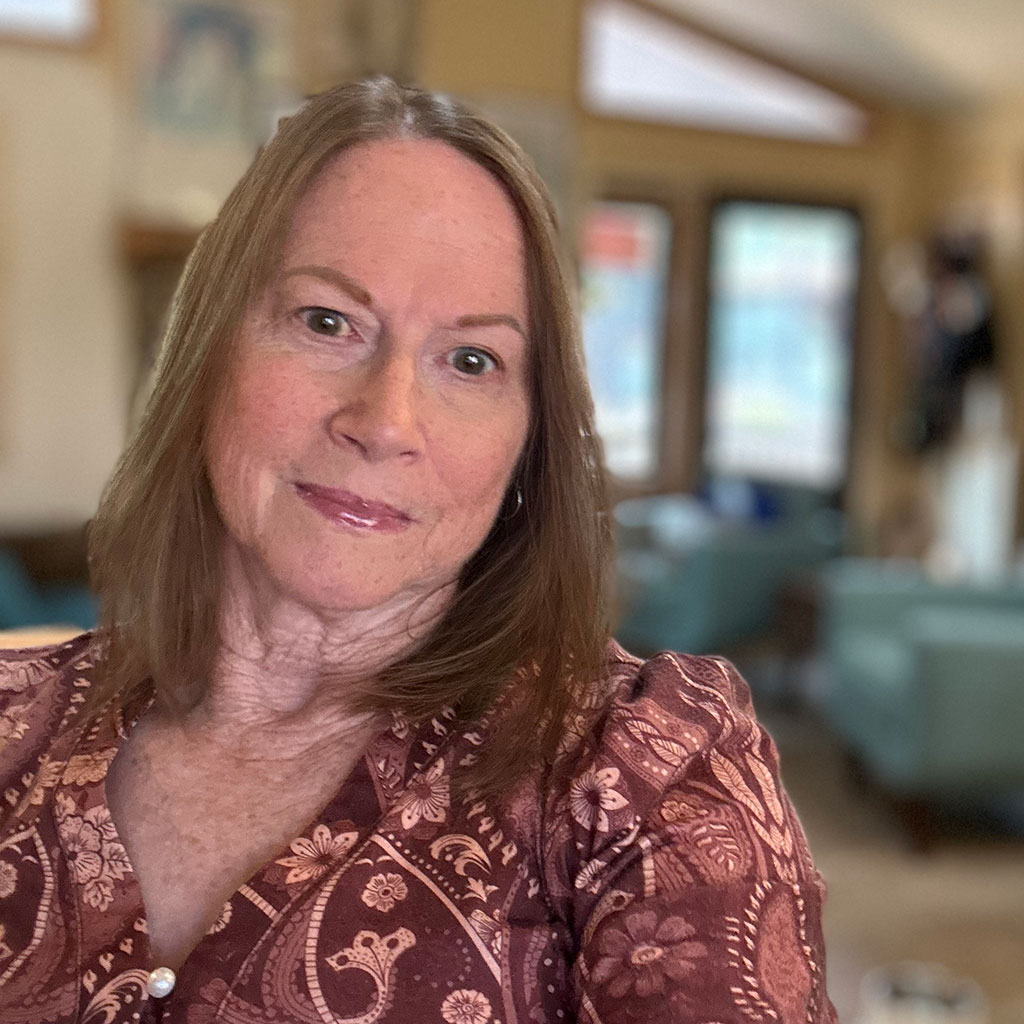|
THE LANGUAGE |
||||
|
aclla |
|
Girls between the ages of eight and nine selected by judges who traveled the empire for this purpose; attend special classes, acllahuasis, for learning womanly skills. |
||
|
acllahuasis |
|
Advanced school for the young women of noblemen. |
||
|
Ama suwa, Ama quella, Ama llulla |
|
Empire golden rules: do not steal, do not be idle, and do not lie. |
||
|
amawtakuna |
|
Philosopher-scholars. |
||
|
apu |
|
A great lord or other authority figure; governors of the four suyus (administrative regions) of the Wari Empire; god of a mountain. |
||
|
awaska |
|
Fabric made from llama wool as blankets and other household items. |
||
|
ayllu |
|
Clan or family. |
||
|
balasas |
|
Boats made from totora reeds—a subspecies of the giant bulrush sedge found in South America, notably on Lake Titiqaqa. |
||
|
canca |
|
Maize pudding prepared by the mamakuna at festivals. |
||
|
capacocha |
|
Human sacrifice; mainly children. |
||
|
ceque |
|
Borders or imaginary lines diving Wari Empire into sections, creating distinct districts that determined a person’s social, economic, and religious duties. |
||
|
chaska |
|
Bright star or planet corresponding to an animal on earth. |
||
|
chasqui |
|
Relay runners carrying news from village to village. |
||
|
chucam |
|
Herbs eaten during fasting. |
||
|
coya |
|
Queen or empress. |
||
|
cumbi |
|
Cloth, which sometimes took thousands of hours to produce, was burned daily as a sacrificial offering to the gods. |
||
|
curaca |
|
Clan chief. |
||
|
cuyllors |
|
Dim stars or planet corresponding to an animal on earth. |
||
|
duhos |
|
A magnificent stool on which mummified remains of sapas, noblemen, or coyas are seated. |
||
|
huaca |
|
Sometimes an inanimate object, such as pottery, believed to be vessels carrying deities; both natural and human-made places (such as springs, piles of rocks, or fountains) considered sacred; bodies of the dead. |
||
|
huatia |
|
An earthen oven. |
||
|
Inti Raymi |
|
Festival of the sun. |
||
|
intiwatana |
|
Stone with four carved faces aligned with the four directions casting particular shadows during the solstices and equinoxes. |
||
|
jailli |
pronounced whay-lyi |
A hymn or poem that was usually set to music. |
||
|
llawt’u |
|
A series of cords wrapped around the head; each ayllu, or extended family, had its own headdress. |
||
|
mallqui |
|
Mummified remains. |
||
|
mitmakuna |
|
Entire communities of people moved—sometimes hundreds of miles to a new region—to form a new, secure settlement. |
||
|
Muyucmarca, Paucarmarca, and Sallaqmarca. |
|
Three towers that originally stood at the top of the walls of Sacsayhuamán, forming a triangle of equal distance on each side. The main tower, in the center, was cylindrical-shaped and was flanked by two others of rectangular shapes. |
||
|
Quechua |
|
The language and many dialects spoken within the Wari Empire. |
||
|
quinine |
|
Tree bark used to cure cramps, chills, and many other ailments. |
||
|
khipu |
|
Rope and colored threads used as mnemonic device in the recall of stories; especially good for tracking numbers and dates, accounting. |
||
|
khipu camayoc |
|
Accountants of the sapas. |
||
|
mit’a |
|
Mandatory public service in the society of the Wari Empire. |
||
|
Pacarina |
|
Heaven. |
||
|
qollqa |
|
Store rooms for harvested crops. |
||
|
qunpi |
|
Fine cloth made from alpaca wool. |
||
|
Qurikancha |
|
Most important temple in the Wari Empire; one of the most revered temples of the capital city of Qusqu. |
||
|
rutichikoy |
|
Ritual in which a baby receives his or her name, a haircut, and nails trimmed. It is also the day of weaning. |
||
|
sapa |
|
Ruler; emperor. |
||
|
saqmanakuy |
|
Casket; wooden box. |
||
|
suyus |
|
Administrative regions of the Wari Empire. |
||
|
tambo |
|
Hotel. |
||
|
tumi |
|
Golden ceremonial knife for sacrificing llama at the Festival of the Sun. |
||
|
villac umu |
|
Chief priest. |
||
|
vicugna |
|
Wild South American camelids, which live in the high alpine areas of the Andes; relative of the llama; believed to be the wild ancestor of domesticated alpacas; produces small amount of extremely fine wool. |
||
|
wara |
|
Issued in a ceremony and worn under the loincloth as proof of maturity and virility by men. |
||
|
yachaywasi |
|
Houses of knowledge for sons of noblemen over the age of 13. |
||
|
Yuncas |
|
Native people from western coast. |
||
Skip to content
Skip to footer
